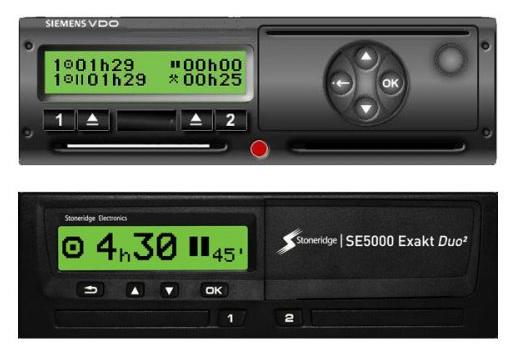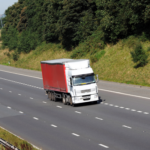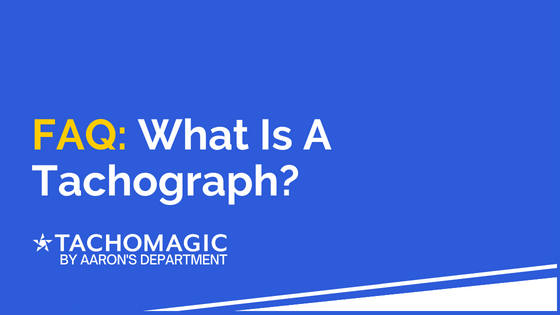What Is A Tachograph?
Tachographs are devices that record data such as the speed and distance travelled by vehicles, and the activities of the vehicle's driver. Their main purpose is to ensure that Drivers and businesses are adhering to working & driving time regulations. Tachographs are most commonly fitted in HGVs, PSVs and other large vehicles for which they are a legal requirement.
In this blog, we'll cover the different types of tachograph, the metrics they measure, why they are required, and how to analyse tacho data for infringements.
Table of Contents

What Is A Tachograph: What Are The Different Types of Tachograph?
There are three main types of tachograph: Smart, Digital, and Analogue. While all three devices record the same essential data, the key difference is that analogue tachographs record it onto a physical paper disc, while digital tachographs record data, well, digitally!
Types of Tachographs
Analogue Tachographs: These use paper charts to record data and are being phased out in favour of digital versions for use in international transport.
Digital Tachographs: These store data electronically, providing more accuracy and easier data management.
Data Recorded
Tachographs record crucial data, including:
- Driving time
- Breaks and rest periods
- Speed and distance
Legal Requirements
In the UK and EU, tachographs are mandatory for commercial vehicles over 3.5 tonnes or with more than nine seats. They help enforce regulations on driving hours to prevent fatigue-related accidents.
Benefits
- Safety: Ensures drivers take necessary breaks, reducing accidents caused by fatigue.
- Compliance: Helps fleet operators comply with regulations, avoiding fines.
- Efficiency: Streamlines data management and improves fleet operation efficiency.
Smart tachographs are similar to digital ones, except they can record new types of data (such as the start and end destinations of journeys) and can be accessed remotely by enforcement agencies.
Below are two common models of digital tachographs used in the UK:

What Is A Tachograph: What Data Do Tachographs Record?
Tachographs record metrics such as speed and distance that vehicles travel, acceleration speed, and breaking speed, among other things. This is known as Vehicle Data, and is gathered from the vehicle's internal computer (known as the CAN bus). This data is collected automatically by the tachograph, whether a Driver Card has been inserted or not.
Data Analysis in Tachographs: Enhancing Fleet Management and Safety
Real-Time Monitoring
Modern digital tachographs provide real-time monitoring of driver activity, speed, and distance travelled. This allows fleet managers to track vehicle performance and driver behaviour instantaneously.
Compliance Audits
Data from tachographs can be used for compliance audits to ensure adherence to driving regulations. Automated alerts can notify managers of potential breaches, reducing the risk of fines and penalties.
Performance Reports
Tachographs generate detailed performance reports, highlighting areas for improvement. These reports can be used to identify trends, optimize routes, and improve fuel efficiency.
Safety Improvements
Analysing tachograph data helps identify risky driving behaviours, such as speeding or insufficient rest periods. This enables targeted training programs to improve driver safety.
Predictive Maintenance
By monitoring vehicle usage patterns, tachograph data can predict maintenance needs, preventing breakdowns and reducing downtime.
Further Data
If a Driver Card has been inserted (a legal requirement before driving a vehicle in-scope), the tachograph will prompt the Driver to select their activities since they last inserted their card: Driving Time, Period Of Availability, Other Work, or Rest. This is known as Driver Data, and is used to calculate compliance with the UK & EU's various driving and working time regulations.
By law, fleet managers must download their staff's Driver Data every 28 days, and Vehicle Data every 90 days, so that they, or the DVSA, can check the records for breaches of the rules.

What Is A Tachograph: How To Spot Tachograph Infringements
It's possible to analyse all your tachograph data by eye, but this is a wildly inefficient way of doing things nowadays. It's much cheaper, easier, and quicker to use the services of a tachograph analysis company (like TachoMagic!), that uses software to turn your raw data into a range of useful reports for your drivers and vehicles.
If you'd like to see the sorts of reports we have to offer, have a look at our Tachograph Reports page!
Although tachograph analysis isn't a legal requirement, detecting, responding to, and reducing infringements certainly is, so don't let it pass you by.
What Is A Tachograph: Why are tachographs required by law?
In order to make the roads safer for all users, there are strict limits on how long Drivers of large/heavy vehicles are allowed to work. These rules dictate:
- Break times during shifts,
- Rest periods in-between shifts,
- Longer periods of unbroken rest (the equivalent of a weekend).
Confusingly, two sets of laws run in tandem, and with a fair amount of overlap. These are the UK's Working Time Directive, and the EU's Drivers' Hours Regulations. To familiarise yourself with them, have a read of our page comparing the two.
Summary - What Is A Tachograph?
In summary, a tachograph is a device that measures data such as the speed and distance travelled, as well as the hours the driver spent performing different activities. They are legally required on most large/heavy to ensure compliance with EU and UK working and driving time laws.
Tachograph analysis companies such as TachoMagic can download and analyse your Driver and Vehicle data to ensure that these rules haven't been broken.
TachoMagic - The Place To Go For Digital Tachograph Analysis!
If you've got any driver and vehicle data that needs analysing, you're in the right place. TachoMagic (or at least, the people behind TachoMagic!) have been analysing tachographs since the Working Time Directive came into force in 2005, so we're pretty good at it by now.
Have a look at our Reports page to see a selection of the handy reports we offer, or our Digital Analysis page for more details. Any questions? Please don't hesitate to get in touch using the details below:

Further Reading:
If you found our page, "FAQ: What Is A Tachograph?" useful, you might also be interested in these pages:
- Do you need a tachograph for private use?
- Tachograph rules made simple - driving and rest
- Tacho Card FAQs
About The Author

Simon Theaker
Simon has over 20 years of dealing with tachograph analysis, and the technologies involved.
His in-depth knowledge and hands-on experience have made him a key behind-the-scenes member of the TachoMagic team.
Through his blogs, Simon hopes to make the lives of Fleet Managers easier, as he shares the answers to some of the most common questions he has received.

